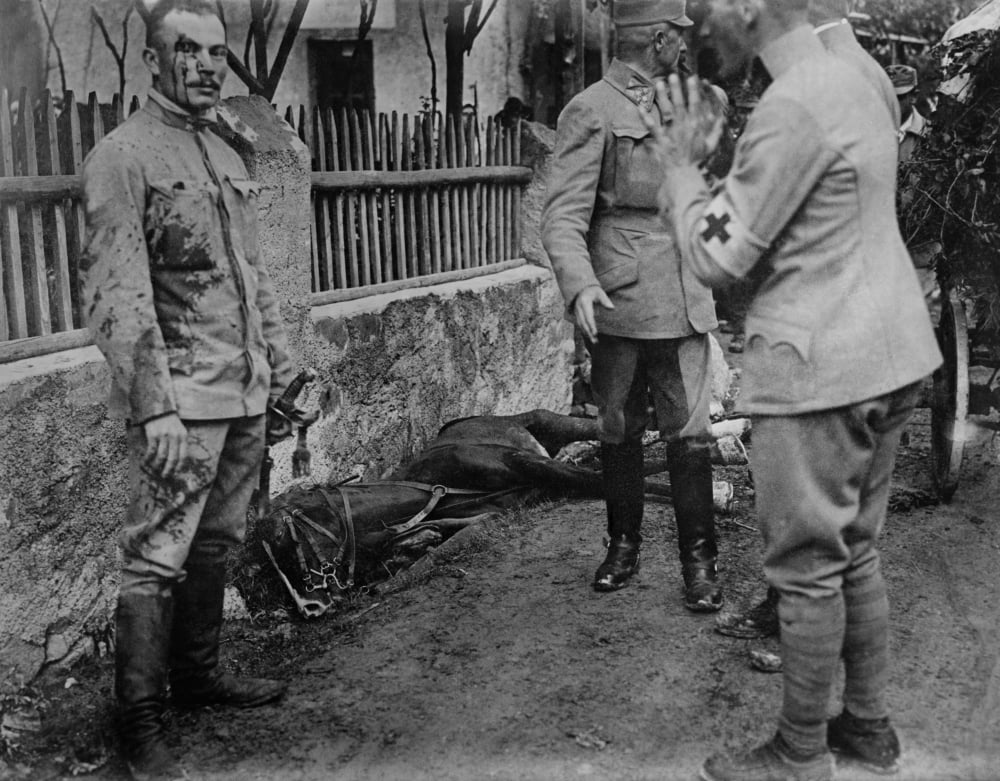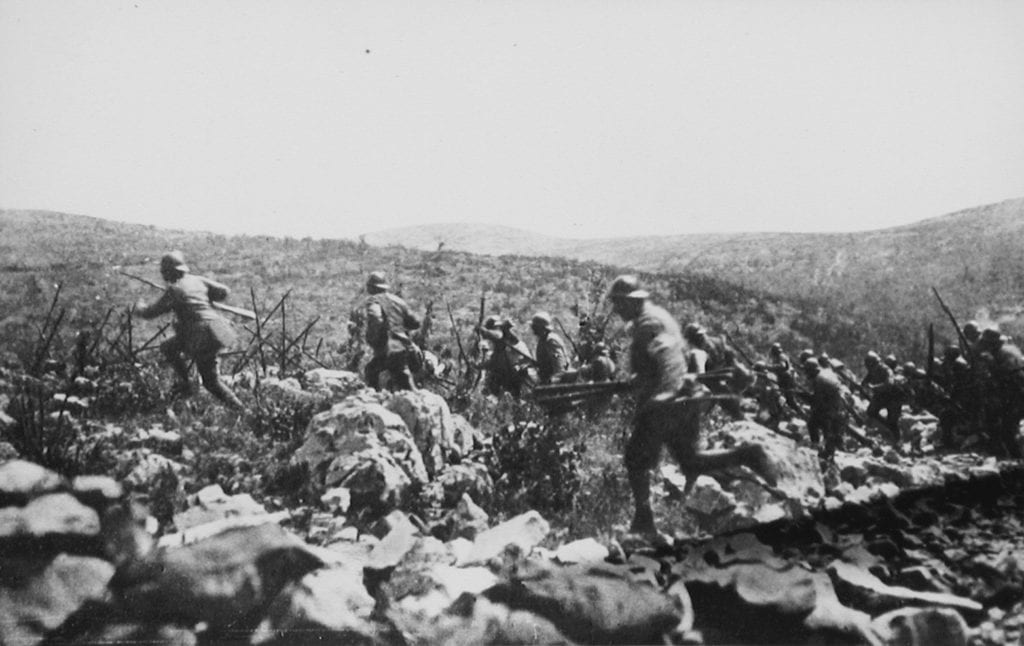


The heritagization of the front’s material culture and its adaption to tourism started in 1990, but it greatly developed in the following decades. This article ¹ evaluates the phenomenon and growth of collecting artifacts from the Isonzo Front. Today, eighteen private collections are open to the public in the Gorizia region (Koren 2015: 205), but it is estimated that there are fifty to one hundred more (Kofol 2015: 276) that have not been inventoried by any publicly funded institutions. Modern collection of war-related artifacts and military objects in the Upper Soča Valley started in the 1980s and increased after Slovenia gained independence in 1991. © 2018, FB and Media Group of Estonian Literary Museum. Drawing on recent anthropological discussions on the perception of landscape, this article focuses on the Isonzo Front and particularly its background as palimpsest of overlapping spatial changes as well as memorialization and appropriations of heritage in the Alpine landscape. Various landscape attributes, such as paths, monuments, and memorial places, are being (re)constructed as tourist and hiking destinations, and the narratives attached to these places are integrated into national and local political discourses and commemorations. This article explores connections between the military and post-military landscape and memorialization of the First World War, established through landscape features, experiences of the landscape, and commemorations by institutions that engage in interpretation and heritage production. However, many anthropologists, geographers, and archaeologists have noted that landscapes cannot be separated from human experiences, but are part of a world of relationships, memories, and histories. According to Nicholas Saunders, military histories usually consider landscapes to be inert, static, empty, and self-evident backdrops to military action as well as subsequent practices of memorialization. This article addresses issues of past and ongoing memorialization processes and heritage construction of the First World War, integrated into the landscapes of the Julian Alps in Slovenia. This study thus focuses on three segments or perspectives: 1) the recording of memories or symbolization on monuments and graves 2) the representation, understanding, and use of heroes, or the main social actors, as well as past and contemporary commemorations and 3) the interpretations and reinterpretations of cultural and natural environments. Upon the hundredth anniversary of the war’s end, it is worth revisiting certain fundamental starting points and objectivizations-that is, chronotopes-of the First World War from the perspective of ethnology and cultural anthropology. It radically changed the demographic composition of Europe (about seventeen million people were killed), resulted in the dissolution of four empires (Austria-Hungary, Russia, Germany, and the Ottoman Empire), had a crucial impact on European values, inspired the search for the new man during the interwar period, and ultimately significantly influenced the shaping, perception, and reception of cultural heritage. The First World War-also known as the Great War, which lasted from 1914 to 1918-left a significant mark on the twentieth century. Landscape, memorials, memories, monuments Keywords: Caporetto, cultural heritage, Great War, Hemingway, Isonzo Front, The winners (i.e., Italians) and the losers (i.e., non-Italians). The area that became part of Italy after the war hasīecome the subject of various heritage discourses, strategies, and practices of

Consequently, all the horrors of war and human victims have alsoīeen forgotten alongside it. Involve English-speaking troops apparently are not worth exploring” (SchindlerĢ001: xiii). In battle, lie in the fact that “or most English-language historians, battlesĪnd campaigns of the Great War that did not happen on the Western Front or Schindler, the reasons for neglecting and forgetting thisįront, which involved over a million soldiers, over 300,000 of whom were killed To the First World War – specifically, the use and production of cultural heritageĭuring that period – with an emphasis on a lesser-known front in the “non-West”.Īccording to John R. This issue of Folklore: Electronic Journal of Folklore is dedicated Visited by Dante Alighieri and that was described by Ernest Hemingway in one This was a territory that is believed to have been Was part of the pact between the Triple Entente and Italy, which declared war Reaches of the Isonzo River, by Italians, Friulians, and Germans. Inhabited by an ethnic Slovenian majority and, in the part along the southern One of the greatest, most tragic, and largely overlooked campaignsĭuring the First World War was the Isonzo Front, which ran through an area


 0 kommentar(er)
0 kommentar(er)
